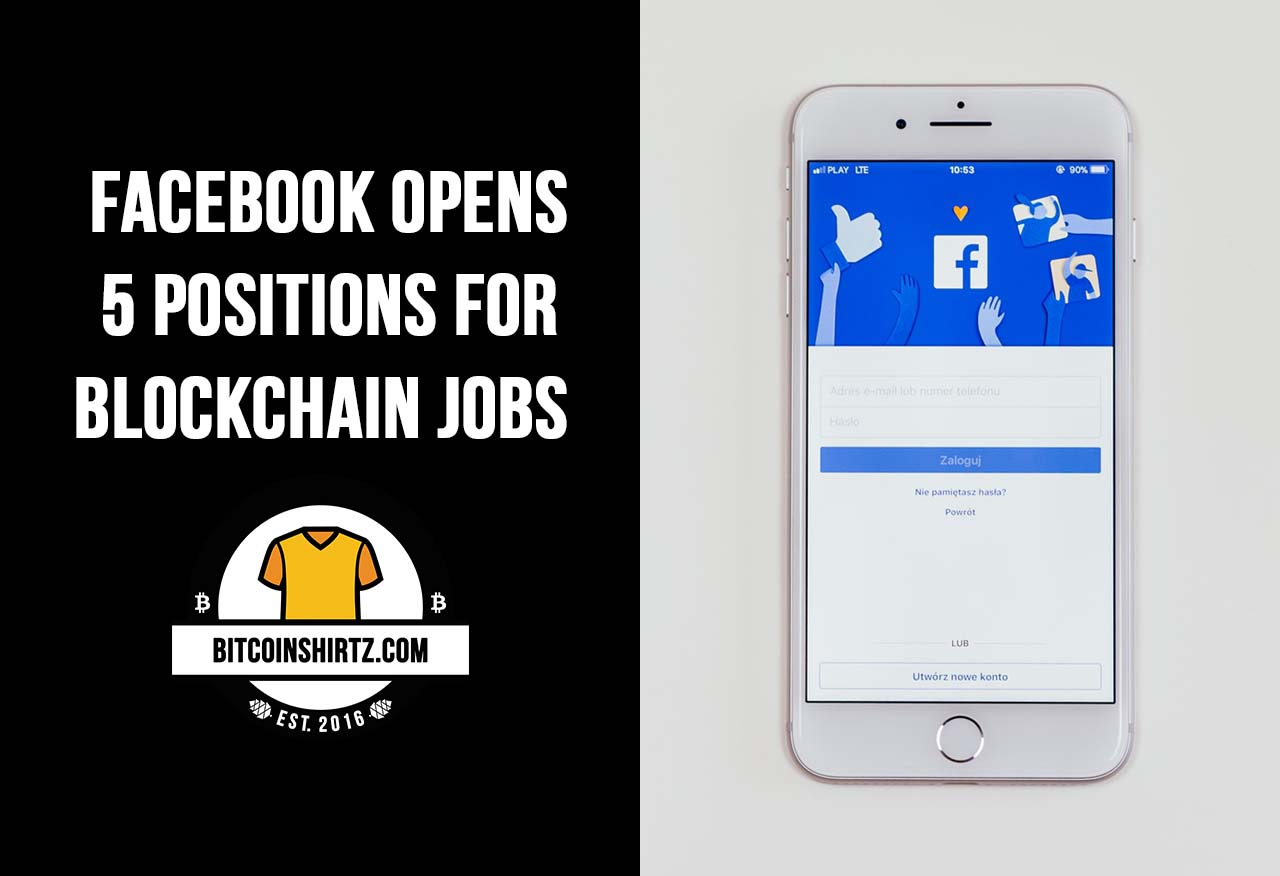
The Hard Truth About Segwit
Segregated Witness or Segwit is a proposed update to the Bitcoin software that intends to speed up the network and address the network scaling issues. However when one looks beyond the hype, the hard truth about Segwit is revealed.
On the surface Segwit looks to be a bengin and productive update to Bitcoin. The update changes how blocks are stored. Essentially new storage space is created in Bitcoin’s blocks, which is not subject to the 1MB size limit but rather a separate 0.7MB limit. The witness data( aka transaction info about inputs and outputs) is moved to this new storage space freeing up room in the original space with a 1MB limit.
The new opposition to Segwit is called Bitcoin Cash (BCH). Bitcoin Cash simply raises the block limit to 8MB. On August 1st Bitcoin Cash hard forked the Bitcoin blockchain. It is now its own digital asset, separate from Bitcoin (BTC).
In this post we have included statements on the details and implications of Segwit by two reputable people in the blockchain space.
Statement by blockchain architect and developer, Nathan Hourt:
“Segwit has a lot of technical, economic, and political implications around it. I will now elucidate on some of these concerns. I note that the proposals to raise the block size limit have little or no implications other than the fact that processing more transactions requires more storage space and network bandwidth (although I have heard this increase in bandwidth could cause trouble for nodes/miners behind the Great Firewall of China, I have not researched this and do not know if it’s true).
One of the most troubling aspects of segwit is the fact that, from its inception, it has been promoted primarily by use of censorship, deception, bullying, inciting fear and divisions, and other such chicanery that has absolutely no place in an open source project. I emphasize that this is notmere conjecture — the use of censorship on the main Bitcoin discussion channels such as the /r/Bitcoin subreddit and bitcointalk.org to suppress all discussion of problems or disadvantages of segwit is well documented [1, 2], while these same discussion channels allow overt bullying of any users who question segwit.
Segwit proponents have repeatedly used divide-and-conquer strategies to attempt to play one demographic of Bitcoin users (i.e. users, miners, exchanges, merchants…) against another, attempting to scare both sides into embracing segwit as a security blanket. For example, segwit is frequently pushed by people making wild and unfounded conjectures about retroactive forks and replay attacks stealing users’ money, and advising users to contact merchants to demand segwit support to avoid this possibility. Cooler heads will note that people will usually see any significant chain reorganization coming, and any serious attempt to fork the chain will include replay attack preventions (i.e., Bitcoin Cash).
Even without knowing anything about segwit, I can say with certainty that no good idea is ever promoted using censorship or divide-and-conquer strategies. Good ideas promote themselves, and all effort can simply be spent helping people understand them.”
“Segregated witness is systematically destroying everything good and worthwhile about Bitcoin: segwit is inelegant and complicated; it creates two parallel sets of rules for evaluating transactions, but ignores one of them. Segwit breaks Bitcoin’s security by empowering miners and anyone who can coerce them to steal balances. And segwit is breaking the Bitcoin ecosystem up, causing people to fork the blockchain just to avoid using it, and destroying the mind share, confidence, and name recognition in Bitcoin.”
Read the full post by Nathan (@modprobe) on Steemit.com
Statement by Rick Falkvinge, Pirate Party Founder
“Based on Blockstream’s behavior in the Bitcoin community, I have become absolutely certain that Segwit contains patents that Blockstream and/or their owners have planned to use offensively. I base this not on having read the actual patents, for they can be kept secret for quite some time; I base this on observing Blockstream’s behavior, and having seen the exact same behavior many times before in the past 20 years from entities that all went bankrupt.”
Source – Rick Falkvinge
Conclusion
The statements made by Hourt and Falkvinge are enlightening. If their reports on Segwit and Blockstream are true, one would easily see the value in supporting and holding Bitcoin Cash (BCH) over Bitcoin (BTC – with Segwit).
Moreover this presents an opportunity for more market competition and we could see other blockchains and decentralized currency rise and surpass Bitcoin in value ($ market cap).
Other impressive blockchains with digital assets include Steemit, Dash, Ethereum, EOS, and Litecoin just to name a few.
At this time Segwit has begun implementation on the Bitcoin blockchain, however it is not active yet. Go to segwit.co to follow the status of the segwit activation.
Which will you support?
Bitcoin or Bitcoin Cash?













